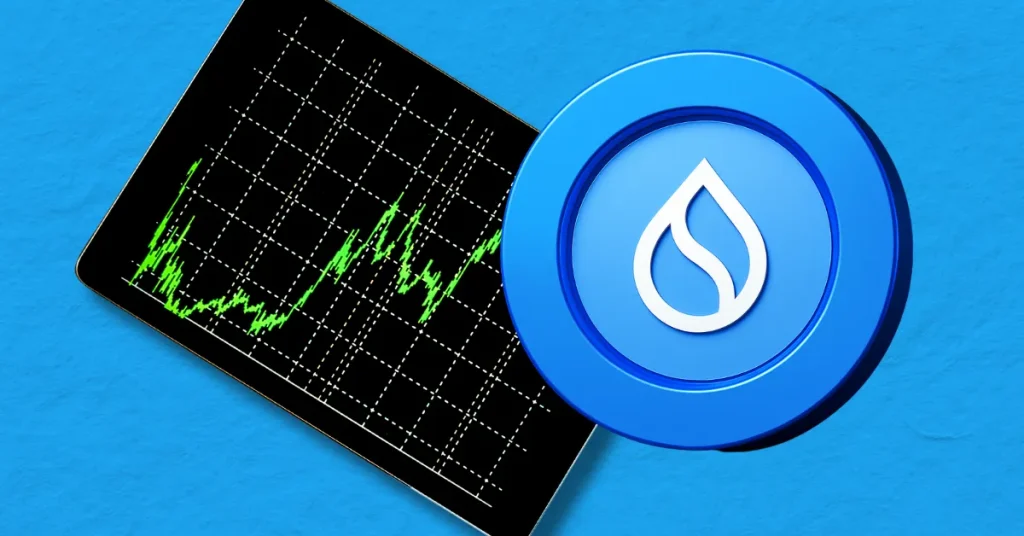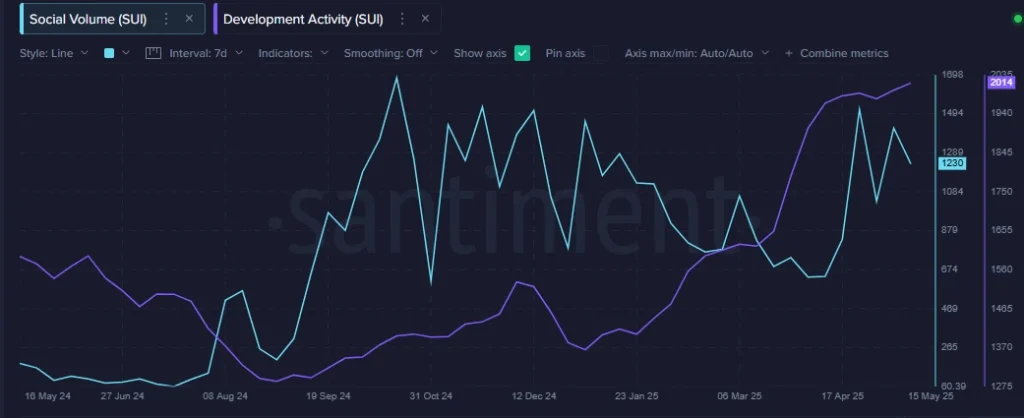
The post Mubarak Meme Coin Skyrockets 200% in 48 Hours: Is This Rally Sustainable? appeared first on Coinpedia Fintech News
MUBARAK coin has taken the crypto market by storm, skyrocketing 200% in just 48 hours. The token’s price jumped to $0.206, with its market value touching $200 million. The sudden surge is largely due to its listing on Binance Alpha and an unexpected move by Binance’s former CEO, Changpeng Zhao (CZ), which caught the attention of investors worldwide. The token surged 70% today, reaching $0.20 after CZ, showed interest.
What’s driving the bull run?
The rally gained momentum after CZ made a transaction involving MUBARAK. He swapped 1 BNB for 20,150 MUBARAK, valued at around $600. This move fueled speculation, with many believing CZ’s involvement signaled a strong future for the meme coin. Adding to the excitement, Binance Alpha, a platform known for listing potential high-growth coins, added MUBARAK, making investors even more bullish.
Moreover, the community took notice of this booming coin when a trader turned $232 into $1.1 million in just two days by investing in the Mubarak meme coin. The trader initially bought 10.5 million tokens and later sold some for $363,500 while still holding 5.16 million tokens.
CZ Reacts to the Buzz
Despite the hype, CZ downplayed his role in the coin’s rise. In an X post, he said, “People give me too much credit. I didn’t do anything magical—builders did the work.” Still, his name alone was enough to boost MUBARAK’s appeal, leading to massive buying activity.
Price Rally and Future Potential
MUBARAK has been in a strong uptrend, with its price hitting an all-time high (ATH) of $0.221. While some expect it to climb further, possibly reaching $0.500, others warn that the rally is fueled mainly by hype.
Technical indicators, such as the Relative Strength Index (RSI), suggest the coin is in an “overbought” zone. This means prices may continue to rise, but a pullback is also likely if the hype fades. If momentum weakens, MUBARAK could fall to $0.149 or even $0.108.
What’s Next for MUBARAK?
For now, the coin remains in the spotlight, with traders closely watching its movement. If the enthusiasm continues, MUBARAK could break new highs. However, if investors realize it lacks real utility, a sharp drop could follow. The coming days will determine whether this rally has staying power or if it’s just another short-lived crypto craze.









 This is a healthy retest, keeping…
This is a healthy retest, keeping…  (@VipRoseTr)
(@VipRoseTr)  ?
?